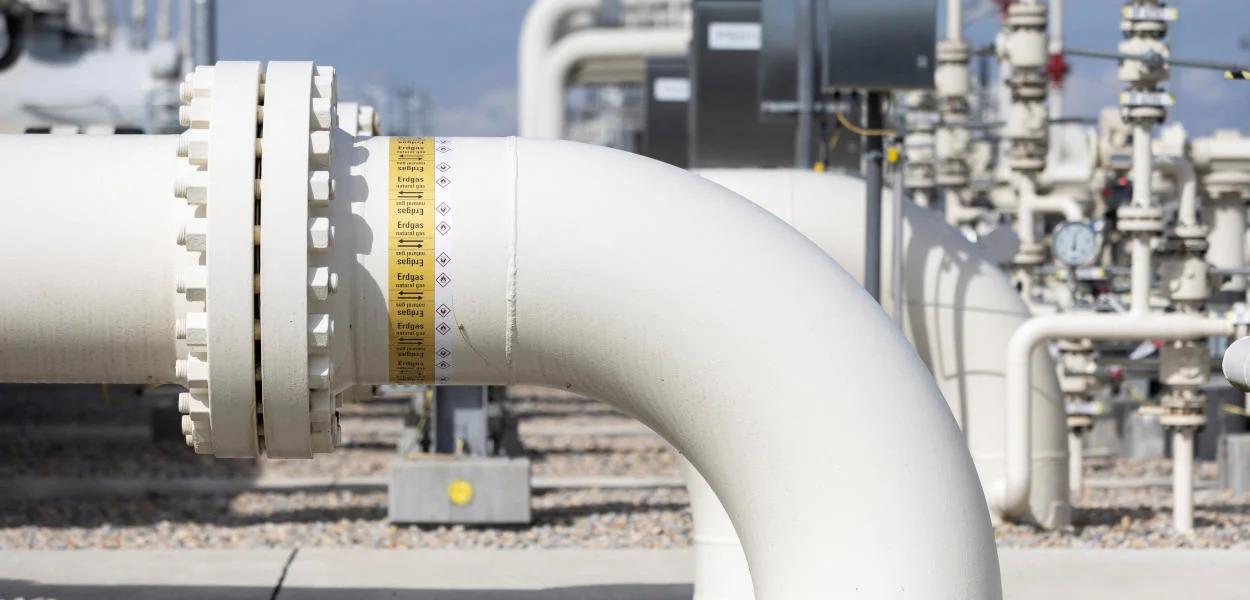Cobots, or collaborative robots, have revolutionised modern automation. Unlike traditional industrial robots, cobots are designed to work alongside humans, enhancing efficiency and safety in various applications. To control and move these robots precisely, understanding kinematics is crucial. This guide delves into the Denavit-Hartenberg (D-H) parameters, a fundamental concept in robotics, to help beginners grasp how cobots achieve their precise movements.
Understanding the Basics
Denavit-Hartenberg parameters, introduced by Jacques Denavit and Richard S. Hartenberg in 1955, provide a standardised method to describe the kinematics of robotic manipulators. These parameters simplify the complex task of modelling a robot’s geometry by reducing the number of variables needed to define its configuration.
Components of D-H Parameters
Understanding the four key components of D-H parameters is essential:
- Joint Types (Revolute and Prismatic):
-
- Revolute Joints allow rotation around an axis.
- Prismatic Joints permit linear movement along an axis.
- Link Length (a): The distance between two consecutive joint axes measured along the common normal.
- Link Twist (α): The angle between the two consecutive joint axes measured in the plane perpendicular to the link length.
- Link Offset (d): The distance between two consecutive links along the axis of the previous joint.
- Joint Angle (θ): The angle of rotation for revolute joints or the displacement for prismatic joints.
Mathematical Foundation
In robotics, coordinate frames are crucial for defining the position and orientation of each joint and link. D-H parameters help establish these frames systematically. Each joint and link in a robot is associated with its own coordinate frame, which simplifies the analysis and control of the robot.
Transformation Matrices
Transformation matrices are used to describe the position and orientation of one coordinate frame relative to another. By using D-H parameters, we can construct homogeneous transformation matrices, which combine rotation and translation into a single matrix. These matrices are fundamental in robotic kinematics, providing a clear method to transition between different coordinate frames.
Forward Kinematics
Forward kinematics involves calculating the position and orientation of the robot’s end-effector based on its joint parameters. By systematically applying the D-H parameters, we can construct the transformation matrices for each joint and multiply them to determine the overall transformation from the base frame to the end-effector. This process is essential for controlling the robot’s movements accurately.
Step-by-Step Process to Define D-H Parameters
To define D-H parameters for a cobot, follow these steps:
- Identify the Coordinate Frames:
-
-
- Assign a coordinate frame to each joint, starting from the base of the robot to the end-effector.
-
- Assign the D-H Parameters:
-
-
- For each joint, determine the values of a, α, d, and θ based on the robot’s geometry.
-
- Construct the Transformation Matrices:
-
- Use the D-H parameters to build the homogeneous transformation matrices for each joint.
Example with a Simple Cobot Arm
Let’s consider a simple two-link cobot arm:
- Identify the Coordinate Frames:
- Frame 0 is attached to the base.
- Frame 1 is attached to the first joint.
- Frame 2 is attached to the second joint (end-effector).
- Assign the D-H Parameters:
- Link 1:a1, α1, d1, and θ1;
- Link 2: a2, α2, d2, r2, and θ2;
- Construct the Transformation Matrices:
- For each joint, create the transformation matrix using the assigned D-H parameters.
By multiplying these matrices, we can derive the forward kinematics equations to determine the position and orientation of the end-effector.
Practical Considerations
When working with D-H parameters, common challenges include correctly identifying coordinate frames and accurately measuring the parameters. Mistakes in these steps can lead to incorrect kinematic models. Here are some tips to avoid errors:
- Double-check measurements and angles.
- Ensure consistent orientation of coordinate frames.
- Validate the kinematic model through simulations or real-world testing.
Tools and Software for D-H Parameter Calculation
Several tools and software can aid in the calculation and visualization of D-H parameters:
- Robot Kinematics Software: Applications like RoboDK and MATLAB Robotics Toolbox provide user-friendly interfaces for defining and testing D-H parameters.
- Simulation Tools: Tools like Gazebo and V-REP allow for detailed simulations of robotic systems, enabling the validation of kinematic models.
- Tutorials and Resources: Online resources, including video tutorials and forums, offer valuable guidance for beginners.
Advanced Topics
While forward kinematics involves calculating the end-effector’s position from joint parameters, inverse kinematics focuses on determining the joint parameters needed to achieve a desired end-effector position. This is crucial for tasks like path planning and obstacle avoidance. Understanding the relationship between D-H parameters and inverse kinematics is essential for advanced robotic control.
Dynamic analysis considers the forces and torques acting on the robot, integrating kinematics with Newtonian or Lagrangian mechanics. D-H parameters play a role in defining the robot’s geometry, which is a prerequisite for dynamic modelling. Understanding dynamics is vital for optimising robot performance and ensuring stability.
Conclusion
Denavit-Hartenberg parameters provide a powerful and systematic method for modelling the kinematics of cobots. By mastering the basics of D-H parameters, coordinate frames and transformation matrices, beginners can gain a solid foundation in robotic kinematics. As cobot technology continues to advance, a deep understanding of these principles will remain essential for developing and controlling the robots of the future. For those eager to learn more, exploring advanced topics and utilising available tools and resources will pave the way for continued growth in the field of robotics.

“Pop culture fan. Coffee expert. Bacon nerd. Infuriatingly humble communicator. Friendly gamer.”







